The road into the volcano is lined with flowers. Millions of them. Hydrangeas to be exact, erupting from huge bushes like banks of blue clouds.
“It’s like this pretty much all year round,” the driver says casually. “They change color, too. Soon they’ll be pink.”
This news barely has time to register when the road makes one final hairpin turn and, far below us, the volcano’s caldera comes into view. At its heart is the village of Sete Cidades, half surrounded by two dark lakes – Lago Azul and Lago Verde as they’re known here on the Azorean island of São Miguel, Portugal.
Along the southern shore are the festival grounds, a constellation of white structures surrounded by the towering, lush, green walls of the volcano that form a natural amphitheater for this weekend’s event, the first ever Atlantis Concert for Earth.
The two-day event is a nonprofit concert and conservation celebration hosted by Nicole Scherzinger, who will also perform, and featuring Stone Temple Pilots, Bush, Mod Sun, Girlfriends and headliners, Black Eyed Peas and Pitbull (Queen and Sting will make virtual appearances).
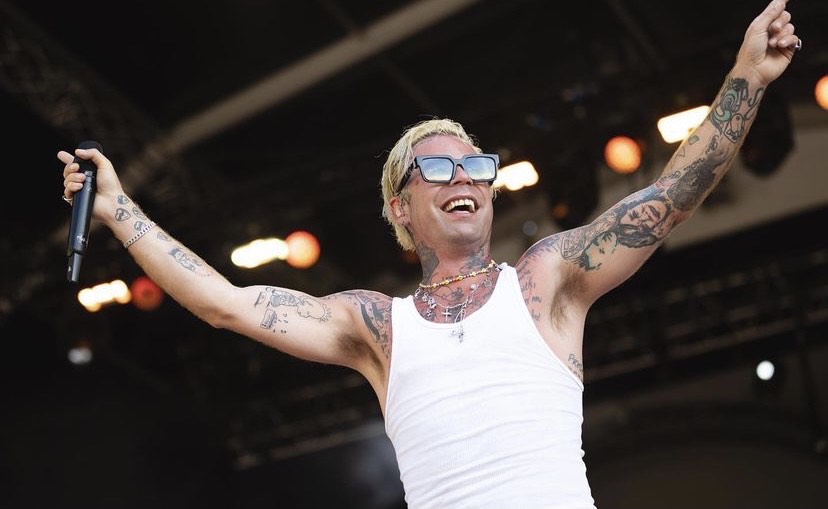
So far so normal, but what makes this more than your typical music festival is that the event is giving equal billing to a global selection of solution-driven conservationists and organizations including Blue Azores, The Ocean Cleanup, Re:wild, Sea Legacy, Jucce, The White Feather Foundation and Innerspace.
Adding to the uniqueness, of course, is the venue: a literal volcano. Forget the barren image of a smoldering crater, this volcano, 3 miles wide and impossibly lush, is a tranquil and green oasis. Between bands and speakers, blackbirds, goldcrests and waxbills put on a show. The stage faces the lake with a virtually vertical, heavily forested cliff rising up hundreds of feet to the rim of the cone behind it. Until Pink Floyd plays an actual concert on the dark side of the moon, there can never be a more appropriate venue for a rock concert than this.
The ambitious event is the brainchild of musician Nuno Bettencourt, a local son of the Azores and one of the most respected, and highest paid, guitarists in the world.
Bettencourt first came up with the idea to throw a festival inside a dormant volcano seventeen years ago, while canoeing on Lago Azul with a friend. The idea percolated for some time while Bettencourt did what he does, write songs and produce tracks for the likes of Robert Palmer, Perry Farrell and Janet Jackson.
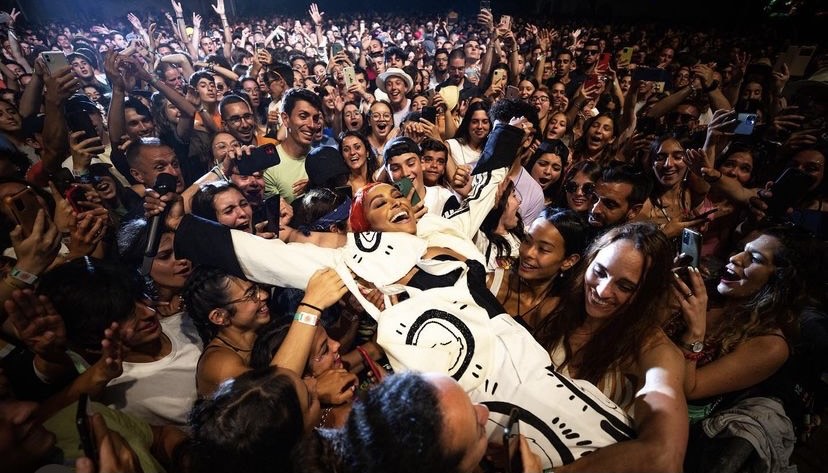
But by the time he’d launched his media, tv & film production company Atlantis Entertainment in 2016 with partners Rene Rigal and Steve Schuurman, the vision was really starting to take shape.
Of course, like anyone today who decides to take on the immense task of creating a festival, particularly one inside a volcano on a remote island halfway between North America and Europe, the specter of Fyre Fest is always lurking somewhere in the background.
Bettencourt was no different and for a hot minute he thought he might have a disaster on his hands: “Three days ago, I was sitting there in the rain crying because I thought we weren’t going to do it,” he tells me backstage one evening. While Continental Europe and much of North America baked in a deadly heatwave, the Azores, according to several locals, were suffering through “the worst summer ever.” Constant rain and unusually cold temperatures inside the volcano in the weeks before the event created Woodstock ‘94 levels of mud and misery. Cranes had to be brought in to lift trucks full of gear out of the mire. It was in that moment, Bettencourt admits: “I hit my partner up and I said for the first time: ‘I’m scared. I think we failed.’”
Before that night was through, however, Bettencourt’s fear turned to determination. “At the end of the day, we went home and we were like, you know what? Fuck it. The artists are here, we have all the content we worked on for months. Whatever happens we’re gonna put the bands up.”
On the morning of the first day of the festival, the clouds cleared, the temperature soared, the ground dried and by mid-afternoon, the 10,000 strong, mostly local crowd started pouring in. No doubt the change in the weather and the natural setting contributed to their exuberant mood, but it’s also true that this concert is pretty much the biggest thing to happen to this volcano since the last time it erupted 5000 years ago.
The gobsmacking beauty of the venue was not lost on the artists either. Mod Sun was so blown away by the place he told the audience: “The day I landed, I called my mom right away and told her you have to come here, so I bought her a ticket and here she is!” The crowd’s greeting of the Karma singer’s mother was so effusive, she started to break down in tears.
She was not the only one overwhelmed by the day. A kid, maybe 12 years old, propped up on his friend’s shoulders, sang along to the band Girlfriends dynamite performance of “High Again” from their latest release, (e)motion sickness, like his life depended on it. It’s not clear if he crowd surfed to the edge of the stage or if the force of his fandom simply levitated him there. Later, I watched a decidedly middle-aged mother absolutely lose her mind, while busting out some choice moves, for the Black Eyed Peas, much to the obvious humiliation of her teenage son. Even his too-cool-for-school attitude vanished, though, when they launched into “I Got A Feeling” and mom and son leapt about in shared bliss.
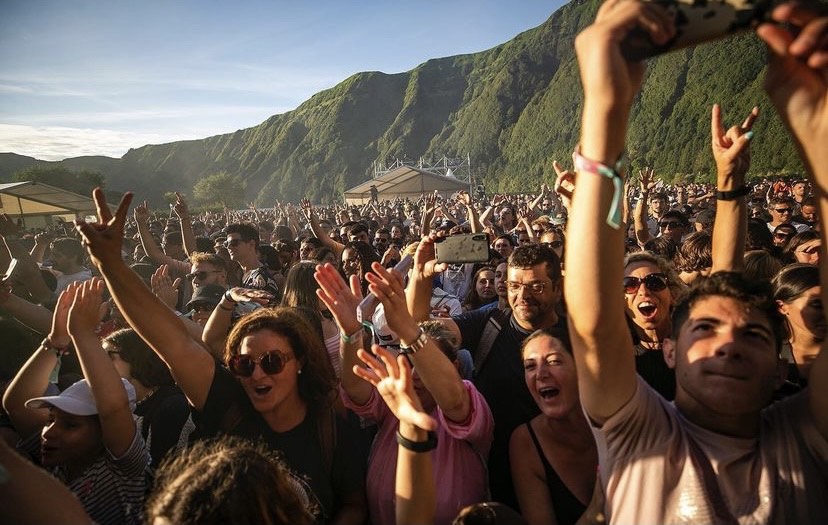
Of course, this Festival was never intended as a purely hedonistic musical event, and for the organizers the environmental component was every bit as important. Still, there was some concern that the crowd might not be on board. “I was worried that when the bands finished everyone would just go get beer,” Bettencourt says, “so we brought in extra, giant screens from Lisbon to flank the stage. That way, even people in the beer lines could see the messages.”
Between the performances, instead of commercials for pickups, beer or banks, the screens displayed slickly edited videos highlighting the work of the environmental partners, assembled and edited by his team at Atlantis. “The bands are easy,” he says. “It’s the messaging and the conservation part that is hard.”
Robin Moore, vice president of re:wild, one of the major environmental partners of the event, spoke on stage between acts to highlight not just his own organization’s work to protect and restore global diversity through local collaboration, but that of the organization’s partners as well. His entrance, while not as dramatic as Pitbull’s – he was preceded on stage by The Most Bad Ones, six backup dancers in cat suits and five inch stilettos – was, nonetheless, almost as enthusiastically received.
Afterwards he told me, “The overall energy and the vibe is amazing. The audience seems really engaged. It seems like they’re all here for this. It’s awesome.”
By the end of the weekend, whatever concerns or worries Bettencourt and his partners had at the start of the week had vanished. The feeling backstage after Pitbull’s rapturously received closing performance was electric. People hugged and cheered one another, Champagne was uncorked, there were tears of happiness and relief.
I asked Bettencourt how he felt now that he’d pulled it off. “It’s so surreal,” he said. “I’ve been dreaming about this for 17 years and it really happened. I’m really happy and excited, but I’m almost shaking and scared because, be careful what you wish for because now we’re in. We’re all in. It’s time to walk the walk, dude.”
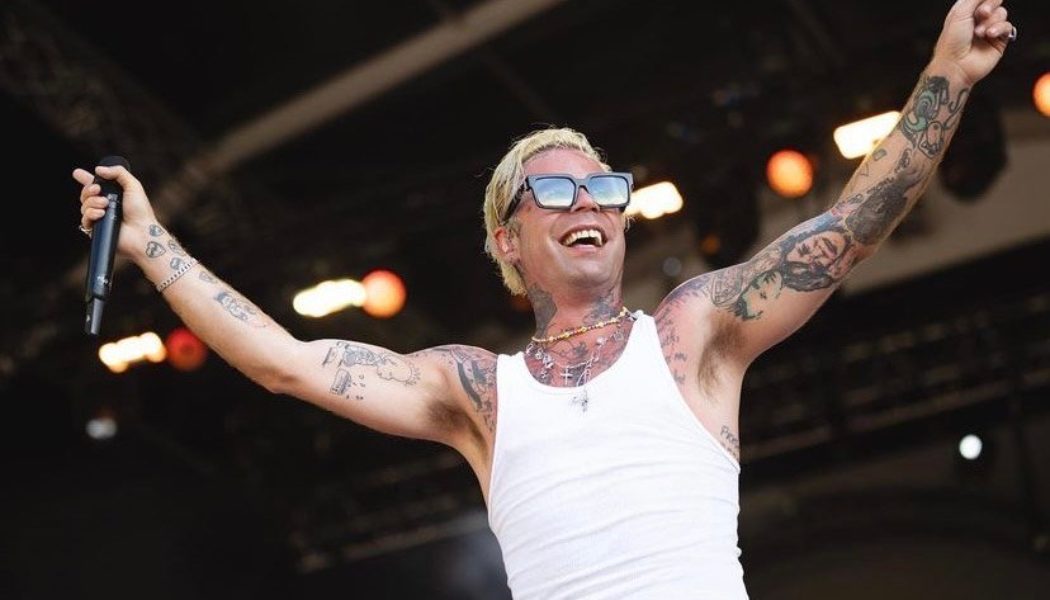

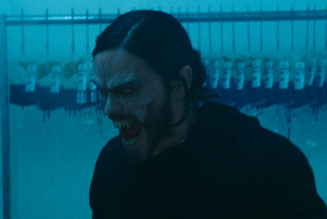

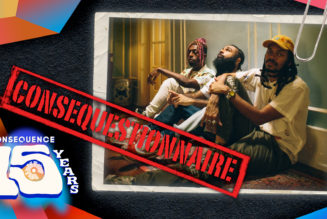
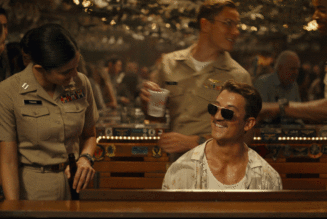

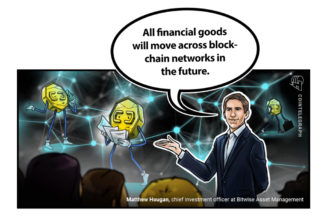
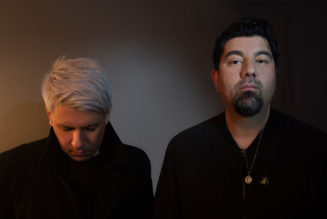

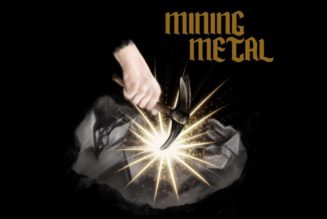
Tagged: FEATURES